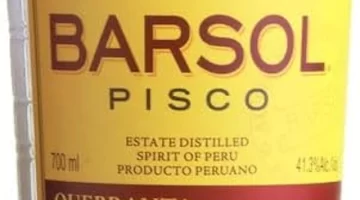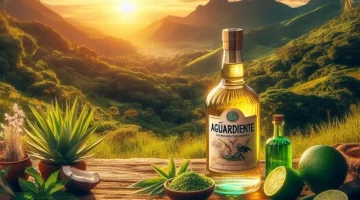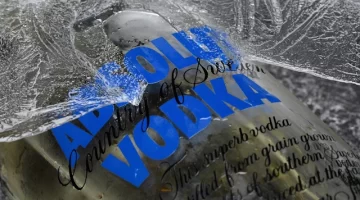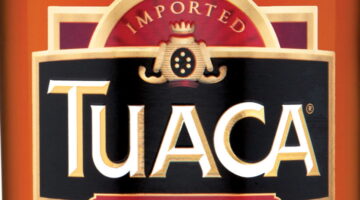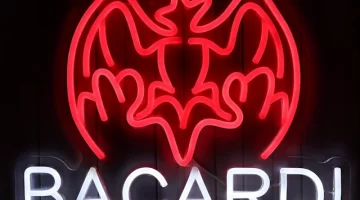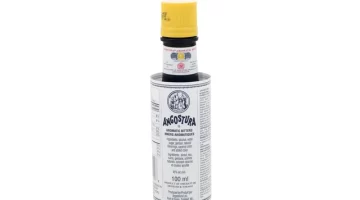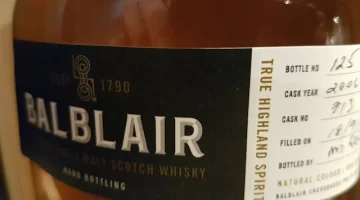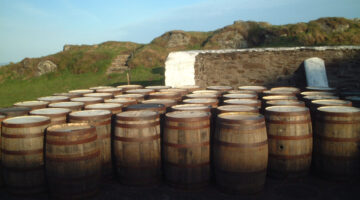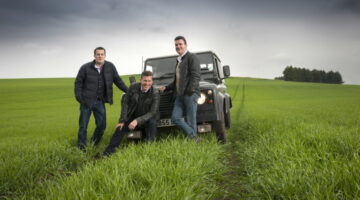How to Make Gin
If you want to know how to make gin, either at home or to start a micro-distillery, then Craft Gin Making is the ideal guide to teach you gin-making skills.
 Craft Gin Making is written by Rachel Hicks and Andrew Parsons, who know what they’re talking about if you want to learn how to make gin. The couple decided they did want to make their own gin and started a distillery called Sky Wave in Oxfordshire, England.
Craft Gin Making is written by Rachel Hicks and Andrew Parsons, who know what they’re talking about if you want to learn how to make gin. The couple decided they did want to make their own gin and started a distillery called Sky Wave in Oxfordshire, England.
Their very first effort, a London Dry Gin, was named World’s Best Contemporary Gin in the 2020 World Gin Awards. This happened only 18 months after the two authors went to a gin school for their own first lessons in gin-making. In total they’ve so far won 24 awards in a few short years. If that doesn’t show expertise, I don’t know what does.

The Authors
Andrew Parsons is the Master Distiller and co-founder of Sky Wave Gin, along with Rachel Hicks, who is also a distiller at Sky Wave. Rachel is responsible for the research, creation and launch of what is now a range of gins, while Andrew has overall responsibility for the distilling, and for documenting everything they do. Hence this very detailed book on every aspect of the gin-making process.
Not that their path has been 100% perfection. Right there in the informative Preface they admit to making mistakes, like getting the alcohol content horribly wrong to using botanicals with so much essential oil that their gin turned the colour of milk. It’s all part of the hands-on learning process
An Introduction on How to Make Gin
The Introduction is also very informative, beginning with their own start to gin-making and reminding you of some very important facts:
‘… don’t forget about licensing, because not only is it illegal to make even the smallest amount of gin on, say, your kitchen table for your own consumption, but there are actually at least six licences to be acquired if you intend to sell your creation. And an exam to sit. And an interview with HMRC (Her Majesty’s Revenue and Customs]. This is all covered later in the book.’
How to Make Gin: A Beginning

The authors give a bit of simple advice that isn’t always obvious to the wannabe gin distiller, as it reverses the approach most people make. Don’t start with a recipe for your gin, based on what botanicals you think will work well together. Decide on the kind of gin you want to make, and the desired flavour profile, and once you’ve done that, then figure out how to produce it.
This advice doesn’t appear until Chapter Four, The Components of Gin, which is why you need to read the book from the opening page and not jump straight ahead to Chapter Five: How to Make Gin. Learn first about neutral spirit, and about botanicals and the whole question of balance.
How to Make Flavoured Gins
Once they’ve run through the process of how to make a straight gin, including filtration, bottling, sealing and labelling, the authors turn to the much-debated topic of flavoured gins. Their own flavoured gins include a Raspberry and Rhubarb Gin and an intriguing-sounding Orange and Madagascan Vanilla Gin.
This is an important topic as most people will have a favourite flavour and inevitably want to try to produce a gin with that flavour. It’s easier said than done, though, as gin is already heavily-flavoured through the chosen botanicals, and a lot of thought needs to go into how you approach making a flavoured gin. There’s also a lot of fun to be had: think about how much work must have gone into the Christmas offering from Pickering’s Gin of Edinburgh, Brussels Sprout Gin. Sounds bizarre but it’s quite subtle and absolutely delicious.
When Things Go Wrong
An entire chapter is devoted to the things that can go wrong, and this is bound to be a ‘go-to’ troubleshooting chapter for anyone undertaking their gin journey. Why are there particles in the gin, why has it gone cloudy, why has it turned brown like whisky? The answers to these and many other questions are all here.
Photography
Finally, a word about the photography. It’s excellent. Books about spirits are usually filled with carefully-composed and artfully-lit photos that are works of art. There are some of those in the book, but mostly it’s down-to-earth practical photography, of the kind you really need, like photos of fruit presses, labelling machines, bottling machines, and of course stills and their various bits and pieces.

Buying Craft Gin Making
This 128-page book is definitely the one to buy if you’re even remotely interested in gin-making. It’s published by The Crowood Press, who have also published books about wine-making and cider-making. Craft Gin Making costs £14.99 and you can buy it from their website or from Amazon.
Buying Craft Gin Making
This 128-page book is definitely the one to buy if you’re even remotely interested in gin-making. It’s published by The Crowood Press, who have also published books about wine-making and cider-making. Craft Gin Making costs £14.99 and you can buy it from their website or from Amazon.

